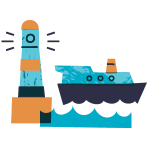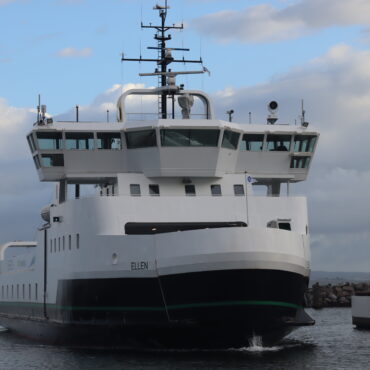Accessibility by sea is crucial to the ports in the Wadden Sea. Opportunities for sustainable accessibility have already been thoroughly explored by the commissioning parties and other parties in the region. Examples include smarter silt management (‘nature-based solutions’) or implementing measures that make use of the tidal patterns. At this moment, with one eye on the future and the morphological developments in the Wadden Sea, it will also be prudent to ask the question of whether these measures will achieve their goals in the long term or whether we may have to consider implementing an alternative logistics or transport system in 2050, in which case we will look beyond our borders and learn from best practices both in the Netherlands and abroad.
This long-term issue is also apparent in the Ems-Dollart Region. Together, the Ems – a river running through the border region between the Netherlands and Germany – and the Dollart Bay form the last undammed river arm in the Dutch Wadden Sea region. This area is therefore of substantial economic and ecological importance. Clouding of the water is an existing ecological problem and proposals have been made for further dredging to deepen parts of the navigation channels. PRW wants to encourage the parties in the Ems-Dollart Region to consider alternative steps for sustainable accessibility by exploring opportunities and examining other estuaries in north-west Europe.
Role of the PRW:


Results to be delivered:
- At least two Wadden Sea ports will conduct a joint exploratory study into sustainable accessibility, which will be completed in 2020.
Commissioning parties:
- Directorate-General for Public Works and Water Management
- Provinces in the Wadden Sea region: North Holland, Friesland and Groningen
Follow-up action by:
- Directorate-General for Public Works and Water Management


